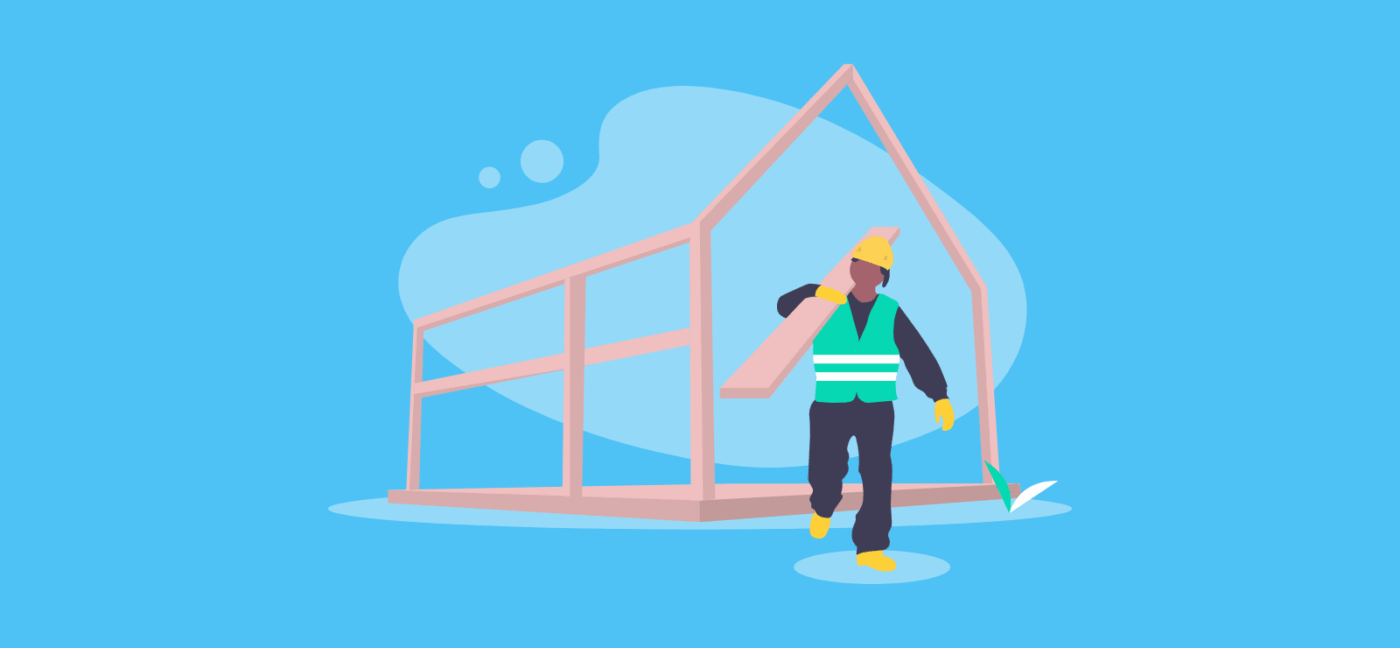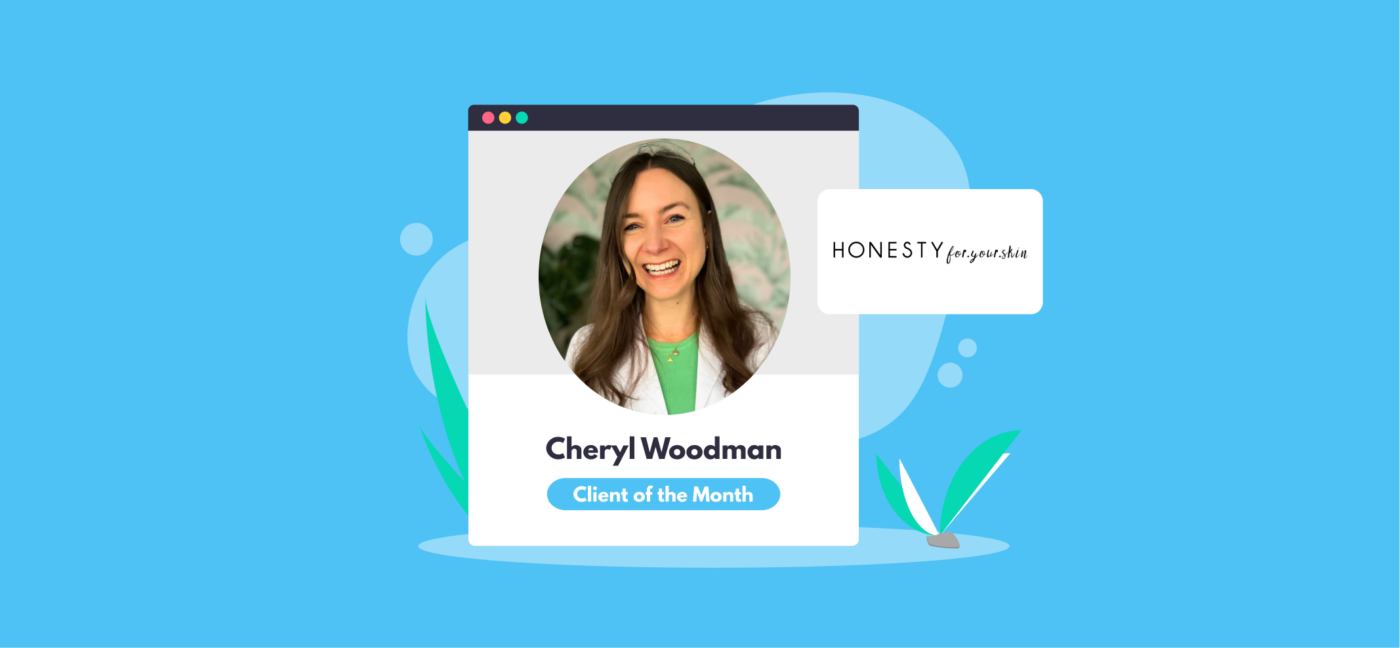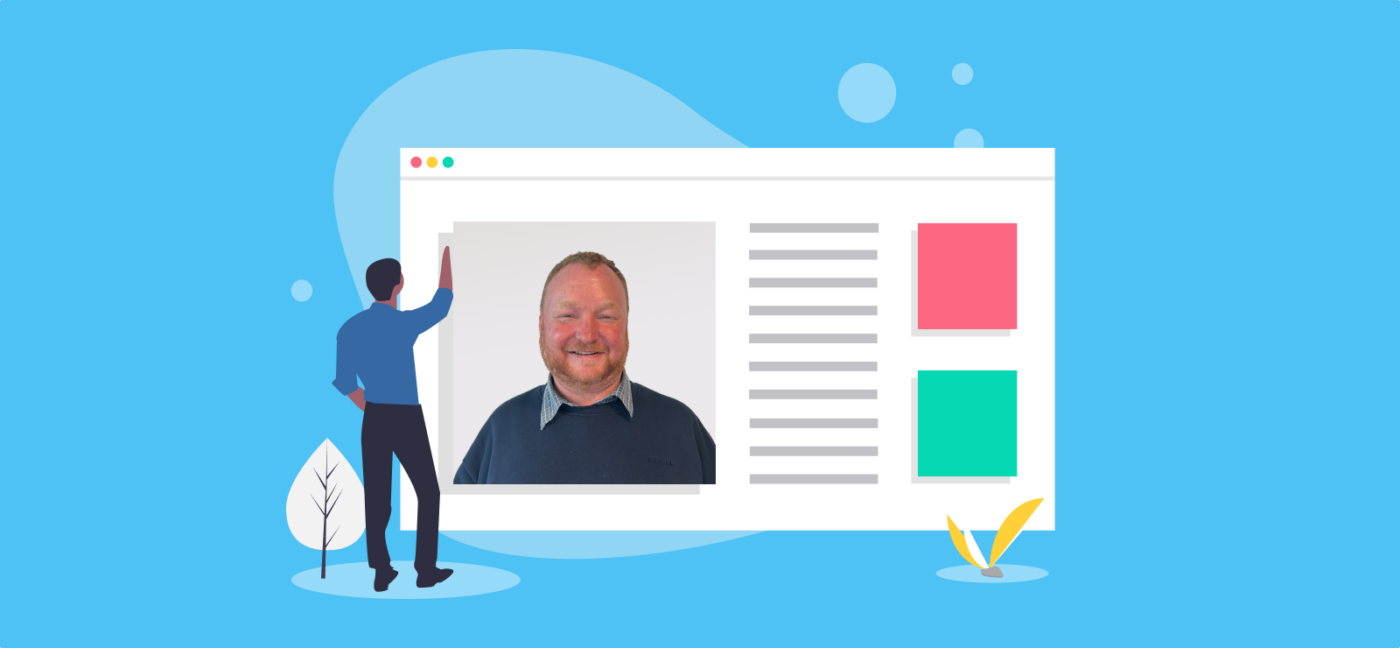

The Beginners Guide to Capital Allowances
You can reduce your tax bill by claiming capital allowances when you buy assets for your business. These could include company cars, computers, machinery, or even software development.
Because of the tax saving potential, capital allowances are an important part of business tax rules, so it’s an area that business owners can benefit from. That said, capital allowances are incredibly complex, so this article aims to give you some insight!
What are capital allowances?
Capital allowances are a type of tax relief which businesses can claim when they invest in long-term assets. Sometimes known as fixed assets (or capital assets!), these are assets which you can reasonably expect to stay in use by the business for longer than 12 months.
Claiming capital allowances means you can deduct part or all of the asset’s value from your profits. Businesses pay tax on their profits, so reducing the amount of profit means the business pays less tax.
There are different types of capital allowances, with different criteria. In some cases, claiming them means a business can write off the entire cost of buying an asset in one year, making a significant dent in its tax bill.
In other instances, the wear and tear of an asset will see its value depreciate over a longer period of time, and you can offset a percentage of the asset’s value against your Corporation Tax bill whilst you still own it.
Why it’s useful to claim capital allowances
The most obvious reason why claiming capital allowances is useful is that doing so reduces your tax bill. In some cases, this can be by a significant amount.
There might be times that you can’t use all of your allowance against your tax bill. If you still have any allowance left, it produces a ‘loss’, which you can then carry forward to the following year to reduce that years’ bill.
Can I claim capital allowances on anything?
Not everything you buy for your business is eligible for capital allowances. Again, it’s a confusing subject but capital allowances basically do two things:
- Give businesses relief from the cost of wear and tear on their capital assets
- Stimulate investment in assets that will provide a boost to productivity
In short, you can only claim capital allowances on assets that you keep and use in the business. This means that you must have purchased the asset in order to claim capital allowances on it. Leased items aren’t eligible.
There are other exemptions too, such as assets that you only use for business entertainment (HMRC use the examples of a yacht or a karaoke machine!). Land, structures such as bridges and roads, and buildings (including doors, gates, and so on) are also not eligible for capital allowances.
Items which are typically eligible for capital allowances include:
- Cars
- Vans
- Trucks
- Machinery
- Computers
- Software
- Office equipment (desks, filing cabinets, photocopiers)
- Fixtures and fittings (kitchens, decorating, shelving)
- The cost of altering a building to make it suitable for another asset
Are capital allowances the same as claiming expenses?
It’s a similar concept, but capital allowances and allowable expenses work differently. Capital allowances are only available on long term assets, and these are things you buy that are likely to last more than a year. As well as claiming the cost of purchasing the asset, you can claim capital allowances to cover the cost of maintaining the asset over a period of time. Capital allowances basically deal with the fact that assets will depreciate in value, and this has an effect on the value of the business overall.
The items you expect to last less than 12 months are expenses. You can still offset them against your profits to reduce the amount of tax that you pay, but you won’t be able to write them off over a period of time.
For example
A good example of how this works is if you buy a van for the business. You can reasonably expect the van to last longer than a year, so you can claim capital allowances for it.
The insurance that you buy to drive the van is valid for a 12-month period, so you record this in your accounts as an expense.
Working out an asset’s value for capital allowances
The basis of capital allowances starts with the value of the asset itself, but that isn’t always a straightforward figure. For instance, a car’s value for tax purposes is what the business paid for it, plus any extras.
The value of an asset isn’t restricted to just the cost of the asset itself though. A good illustration of this would be where a company buys a new lathe. The lathe itself costs £300,000, but that still isn’t the end of the story.
There are also delivery costs, it needs programming, and the business must make alterations to the building so they can accommodate the new machine.
All of these costs can be added to the base cost of the asset itself when working out its tax value. In other words, all the costs the business incurs when getting the asset ready to use.
What about ongoing costs for the asset?
If you have servicing costs, then you’ll include these in your profit and loss account as expenses. But if you have work done to make the machine more efficient, or to extend its life, then you can add this to the asset value.
Which capital allowances can I use?
So now we know the value of our asset, what can we claim? There are different types of capital allowance, including the Annual Investment Allowance and first year allowances (FYA), and it all gets a bit confusing.
Cars and capital allowances – what counts, and what doesn’t?
Cars are an exception to the rules around capital allowances and are treated differently. A good place to start is with how HMRC define a car for capital allowances.
| It counts as a car if… | It doesn’t count as a car if it is… |
|
|
There are also ‘crossover’ vehicles that may look like a car, but are classed as commercial vehicles so again, be careful before you buy. But why is it important? Well, it affects what kind of capital allowance you can claim. This is another complicated area, so we cover it in a separate article.
What happens if I get rid of an asset?
When the asset leaves your company, it’s a ‘disposal’. This might be because you sell it, but can also mean that you scrap it or give it away.
When you dispose of an asset, you’ll need to work out the difference between its written down value (the value of the asset after accounting for depreciation), and the value you disposed of the asset for. We explain how this works in more detail in our blog about the different types of capital allowance.
- If you dispose of an asset, and the written down value is more than the price you got for it, you’ll have a further loss. You can offset this against your Corporation Tax.
- But if you sell an asset for more than its written down allowance, you may need to pay more tax.
It’s why it’s a good idea to think carefully about which allowance to claim, because this affects how much you claim – especially on an asset you will sell for a high value.
What if I don’t use the full amount of capital allowance?
The good news is that if you buy assets and don’t use all of your allowances in one year, you can carry the remaining unused allowance into subsequent years. This takes the form of a ‘tax asset’ on your balance sheet.
When you make a profit in subsequent years, you can offset it against the allowance that you carry forward. So, for example, if you buy a truck for £100,000 but your tax bill for that year is only £5,000, you can carry the excess forward.
How to claim capital allowances
Despite being such a complex subject, claiming capital allowances is actually fairly simple. Just tick the box to confirm you’re claiming capital allowances when you fill in your tax return, and you’ll get the capital allowances pages. You’ll need to have a separate document showing how you have arrived at your figures, and you can attach this to your claim.
Remember though, as the taxpayer it’s your responsibility to get this right – make sure your calculations are watertight before you submit! (Or have an accountant do it for you).
Capital allowances are a minefield
If you have made it this far then well done! As you can see, we weren’t kidding when we said that capital allowances are one of the most complex areas of UK tax.
It’s always good to ask an expert to look over your capital allowances calculations, but it’s even better to call them before you make a purchase. They can give you a clear strategy to help you make the best use of all your allowances.
Learn more about our online accounting services, including support for capital allowances. Call 020 3355 4047, or get an instant online quote.
Want to learn more?
Subscribe to our newsletter to get accounting tips like this right to your inbox

Read more posts...

December 2025 Client of the Month: Honesty For Your Skin
23rd December 2025This month we spoke to Cheryl, owner of Honesty For Your Skin. Honesty For Your Skin | Instagram Hey Cheryl! Tell…
Read More
Staff Spotlight: Shawn Halton, Accounts Junior
19th December 2025Give an overview of the duties, functions, and responsibilities of your job. I provide bookkeeping services, VAT returns and annual accounts for…
Read More
The Accountancy Partnership – Our Positive Reviews
15th December 2025We’re proud of our customers’ reviews here at The Accountancy Partnership The reviews we receive from our customers show how hard we…
Read MoreConfirm Transactions
The number of monthly transactions you have entered based on your turnover seem high. A transaction is one bookkeeping entry such as a sale, purchase, payment or receipt. Are you sure this is correct?
Please contact our sales team if you’re unsure
VAT Returns
It is unlikely you will need this service, unless you are voluntarily registered for VAT.
Are you sure this is correct?
Call us on 020 3355 4047 if you’re not sure.
Bookkeeping
You will receive our bookkeeping software Pandle for free, as part of your package.
You can use this to complete your own bookkeeping, or we can provide a quote to complete your bookkeeping for you.
Please select and option below:
Call us on 020 3355 4047 if you’re not sure.

